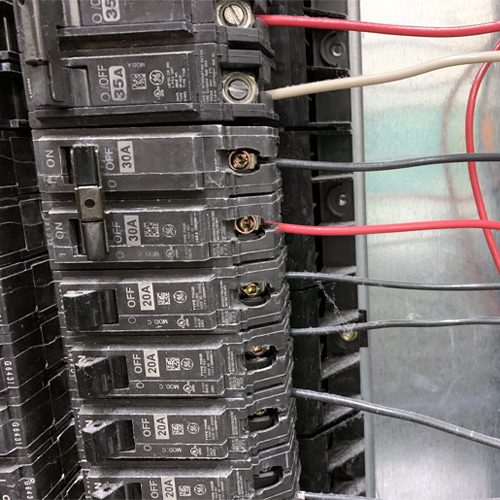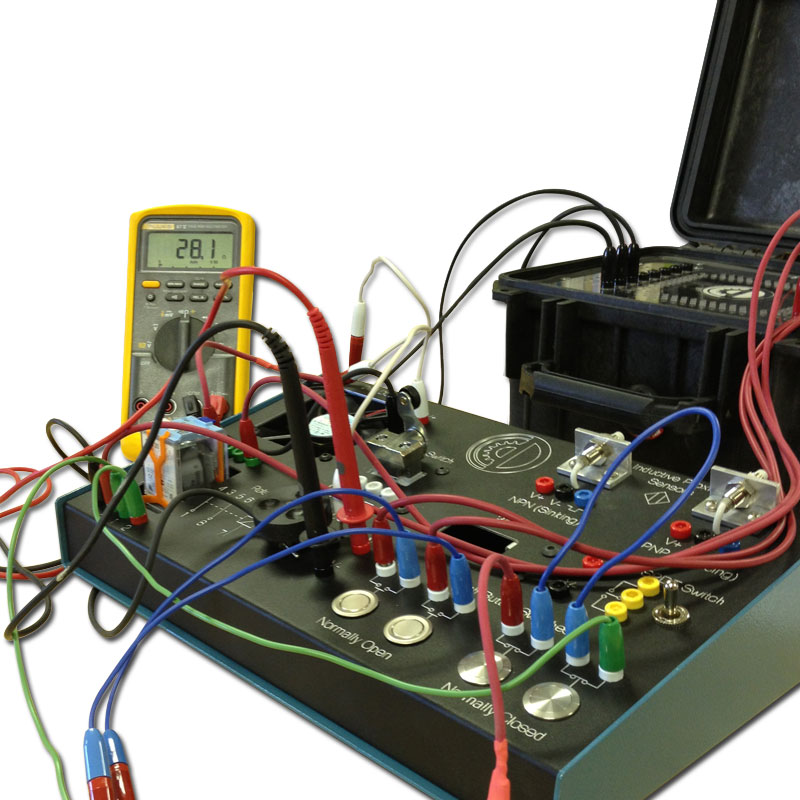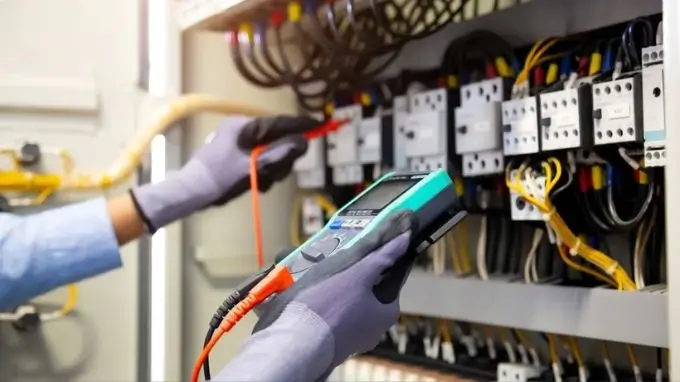Efficient electrical system troubleshooting solutions to ensure performance.
Efficient electrical system troubleshooting solutions to ensure performance.
Blog Article
Leading Tips for Effective Electrical System Troubleshooting
Repairing electrical systems needs a methodical approach, grounded in a comprehensive understanding of electrical principles and security protocols. By familiarizing oneself with circuit parts, making use of vital devices, and adhering to a structured analysis method, experts can effectively identify and resolve concerns. However, the nuances of efficient troubleshooting extend past mere technological knowledge; comprehending how to document findings and prioritize security can significantly affect end results. As we discover these critical aspects better, it comes to be clear that understanding this process is not simply advantageous yet essential for success in the field.
Understand the Fundamentals
Understanding the basics of electrical systems is important for reliable troubleshooting, as a solid structure allows service technicians to detect and deal with problems more successfully. A thorough understanding of electric concepts, such as voltage, present, resistance, and power, is essential in determining the origin creates of troubles. Voltage is the electrical potential difference that drives existing through a circuit, while resistance opposes the flow of existing, impacting the total capability of the system.
Knowledge with circuit elements, including resistors, capacitors, diodes, and switches over, is likewise critical. Each component plays a distinctive function in circuit habits and can influence performance when malfunctioning. Additionally, understanding collection and identical circuit configurations is crucial, as these plans affect the distribution of voltage and present within the system.
Technicians must be mindful of potential hazards, such as shock and brief circuits, to apply secure troubleshooting techniques. By mastering these fundamental ideas, technicians boost their capability to perform effective diagnostics and repairs, eventually leading to improved efficiency and integrity of electrical systems (electrical system troubleshooting).
Gather Necessary Devices
Reliable troubleshooting of electrical systems needs the best collection of tools to identify and deal with problems accurately. A well-appointed service technician can dramatically boost performance and efficiency in recognizing issues. Vital devices consist of a multimeter, which gauges voltage, current, and resistance, enabling specific examinations of electric elements. Secure meters are also important for measuring existing without separating the circuit, ensuring security and comfort.
Furthermore, shielded hand tools such as screwdrivers, pliers, and cord pole dancers are critical for securely controling electric connections. It is likewise suggested to have a circuit tester handy to validate the presence of voltage in electrical outlets and cords. For even more complicated systems, a thermal imaging cam can aid spot overheating parts, indicating potential failures.

Moreover, a top quality flashlight is essential for enlightening dark areas where electrical elements might be situated. Last but not least, maintaining a well-organized toolbox guarantees that all devices are conveniently accessible, reducing downtime during the repairing process. By collecting these essential devices, service technicians can come close to electric system challenges with self-confidence and accuracy, eventually leading to extra reliable resolutions.
Adhere To a Systematic Technique
Having actually collected the suitable tools, the following step in troubleshooting electric systems is to adhere to a systematic method. A systematic strategy makes certain that service technicians can determine faults efficiently and properly, decreasing downtime and preventing unnecessary fixings.
Begin by assessing the system's schematic representations and specs. This entails checking each part systematically, starting from the power resource and functioning in the direction of the load.
Make use of screening browse around this site devices, such as multimeters and oscilloscopes, to collect objective information about voltage, present, and resistance at different factors within the system. This empirical proof will certainly guide your troubleshooting initiatives and aid to confirm or eliminate prospective root causes of failing.
Furthermore, consider ecological variables that may affect the system's efficiency, such as temperature fluctuations or dampness access. A thorough assessment of electrical wiring, connections, and parts will certainly ensure that all opportunities are made up.
File Your Findings
Extensive documents is vital in the troubleshooting process of electrical systems. Exact records enhance the performance of identifying repeating problems and promote interaction among employee. Each searching for must be meticulously noted, consisting of signs observed, tests performed, and the outcomes of those examinations. electrical system troubleshooting. This practice not only help in comprehending the root cause of the problem however likewise works as a reference for future repairing efforts.

When documenting, include information such as the day, time, and specific devices entailed. Utilizing diagrams or illustrations can provide visual clarity, particularly when dealing with complicated electrical wiring configurations. It is vital to categorize findings methodically, separating confirmed concerns from those requiring additional investigation.
Furthermore, preserving a log of parts changed or repair services carried out is invaluable. This details supports supply administration and can assist evaluate the durability and reliability of particular components.
Ultimately, the paperwork process ought to be detailed yet succinct, making it possible for simple access and testimonial - electrical system troubleshooting. By prioritizing in-depth documents, specialists can produce a beneficial data base that not just aids in current troubleshooting yet also encourages future upkeep efforts, therefore improving total system integrity

Prioritize Security Actions
Acknowledging the intrinsic threats associated with electrical systems is vital for making sure safety and security throughout troubleshooting. Electrical shock, burns, and tools damages are just a few of the prospective threats that specialists face. Prioritizing safety and security actions is not only a legal obligation however additionally an ethical important that safeguards both the special info professional and the surrounding environment.
Prior to commencing any type of troubleshooting job, specialists need to put on ideal individual protective tools (PPE), including protected handwear covers, shatterproof glass, and flame-resistant apparel. Guaranteeing that the job area is dry and free of mess can significantly lower the risk of mishaps. In addition, a fantastic read it is important to de-energize circuits prior to beginning any job, confirming that they are not endure making use of a multimeter or voltage tester.
Developing clear interaction protocols with group participants is likewise crucial; this makes sure that everyone understands prospective dangers and the standing of the electric system being worked on. Having an emergency situation feedback strategy in location can prove indispensable in the occasion of an occurrence. By prioritizing security measures, specialists can successfully minimize threats and foster a much safer office.
Final Thought
Effective electric system repairing depends on a comprehensive understanding of essential concepts and a systematic technique. Prioritizing safety procedures makes certain the wellness of individuals involved and the integrity of the electric system. Report this page